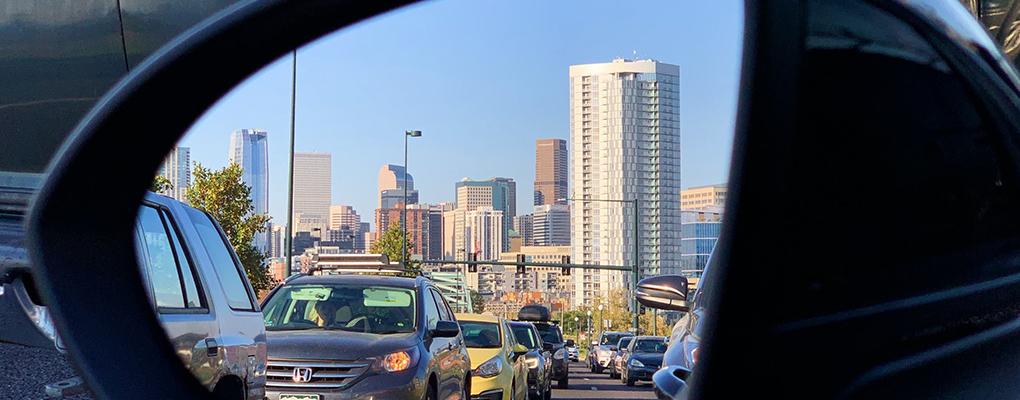Regional Transportation Plan

Photo credit: Rey H. Sosa, photo contest finalist.
As the federally designated metropolitan planning organization for the Denver region, Denver Regional Council of Governments develops the Metro Vision Regional Transportation Plan to guide the region’s investments in the multimodal transportation system. DRCOG updates the plan every four years and amends it as needed to ensure its content remains relevant and reflects current trends, needs and priorities.
DRCOG originally adopted the 2050 Metro Vision Regional Transportation Plan in 2021 after a two-year planning process. The DRCOG Board of Directors in September 2022 adopted the updated 2050 Metro Vision Regional Transportation Plan to address the Colorado Greenhouse Gas Transportation Planning Standard.
The 2050 Metro Vision Regional Transportation Plan helps DRCOG and its many partners implement the shared aspirational vision of Metro Vision and sets the long-range vision and investment framework for the region’s multimodal transportation system. The 2050 Metro Vision Regional Transportation Plan performs multiple functions as the region’s multimodal transportation plan, including:
-
Setting the region’s long-range vision for transportation over the next 20-plus years.
-
Reflecting a broad set of public and stakeholder input.
-
Demonstrating enough available revenue and identifying how funds will be spent on projects and programs identified in the 2050 Metro Vision Regional Transportation Plan across all modes of transportation.
-
Conforming to all applicable federal and state air quality regulations.
-
Ensuring transportation decisions don’t negatively affect low-income communities and communities with people of color more than other areas and provide at least as much benefit compared with the entire region.
-
Incorporating the 10 federal planning factors into the planning process: economic vitality; safety; security; accessibility and mobility; environment; multimodal connectivity; system management and operations; system preservation; resilience and reliability; and travel and tourism.
-
Linking investment priorities to achieving performance measure targets.
You can review the latest documents below under Links and Resources.
Web map
TRIPS Database
